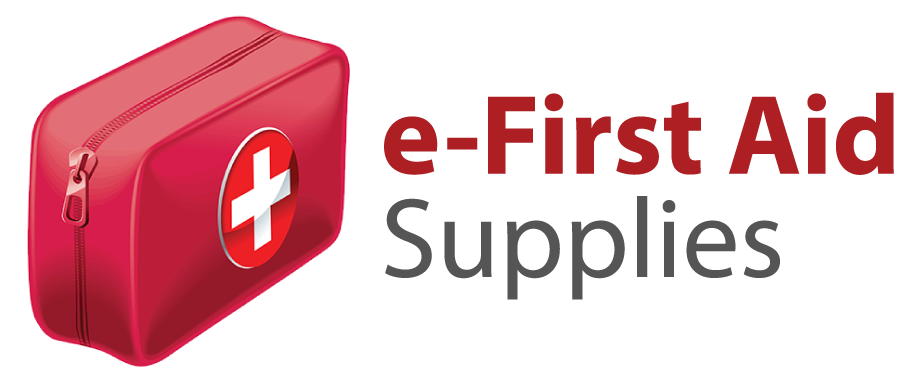Wound Closure
Premium Wound Closure Solutions for Optimal Healing
A wound closure product is a medical device designed to pull the two sides of an open wound together to improve the healing process and reduce scarring. The ability of these closures to keep the sides of the wound together creates an optimal environment for the healing process, allowing the tissue to fuse back together. Wound closure products are essential in surgical wounds, lacerations, and other injuries requiring proper closure.
It holds both sides of a wound together, reducing the amount of dead space in the wound. The more dead space, the more room there is for scar tissue to form. By minimizing this space, wound closures allow for new tissue formation and remodeling, which helps reattach pre-existing layers of tissue rather than creating excess scar tissue.
Top Benefits of Skin Closure Tapes in Wound Repair
- Non-Invasive: Skin closure tapes donít require needles or incisions, making them a less invasive option for closing superficial wounds.
- Easy Application: Unlike sutures or staples that must be applied by a healthcare professional, skin closure tapes can be applied at home with minimal training.
- Reduced Scarring: Because they donít puncture the skin like sutures or staples do, skin closure tapes tend to leave less noticeable scars once the wound has healed.
- Comfortable: Skin closure tapes are flexible and move with your body, providing comfort even when applied over joints or other high-mobility areas.
Ideal Scenarios for Applying Wound Closure Strips
Wound closure strips are ideal for small, shallow cuts with clean edges. They are commonly used in situations where stitches might be excessive but leaving the wound open could increase the risk of infection. Here are some guidelines for when to use them:
- Straight Cuts: Wounds with straight edges that can be easily aligned benefit most from wound closure strips.
- Light Bleeding: If the bleeding stops after applying pressure for a few minutes, wound closure strips can be used to seal the cut.
- Low-Tension Areas: Wounds located in areas where there is minimal movement (e.g., arms, torso) are more likely to heal well with these strips.


